Just kidding, there’s no perfect garden, but since Spring is here…(almost!), let’s talk about planting zones and how you can create your best garden!
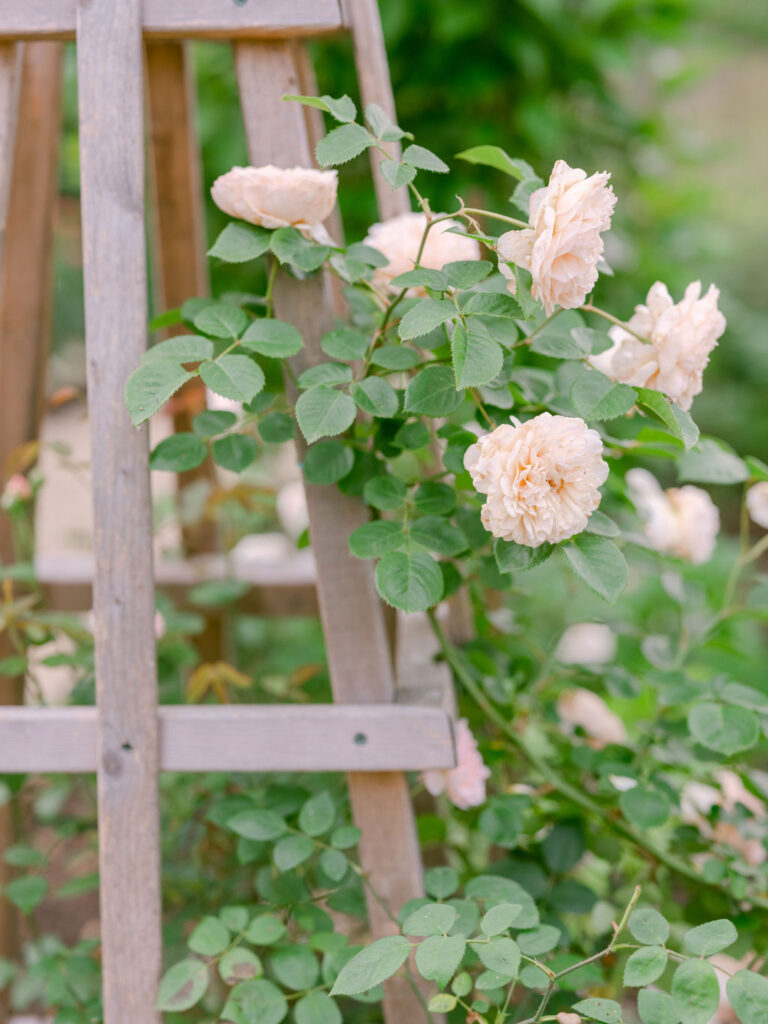
David Austin Roses
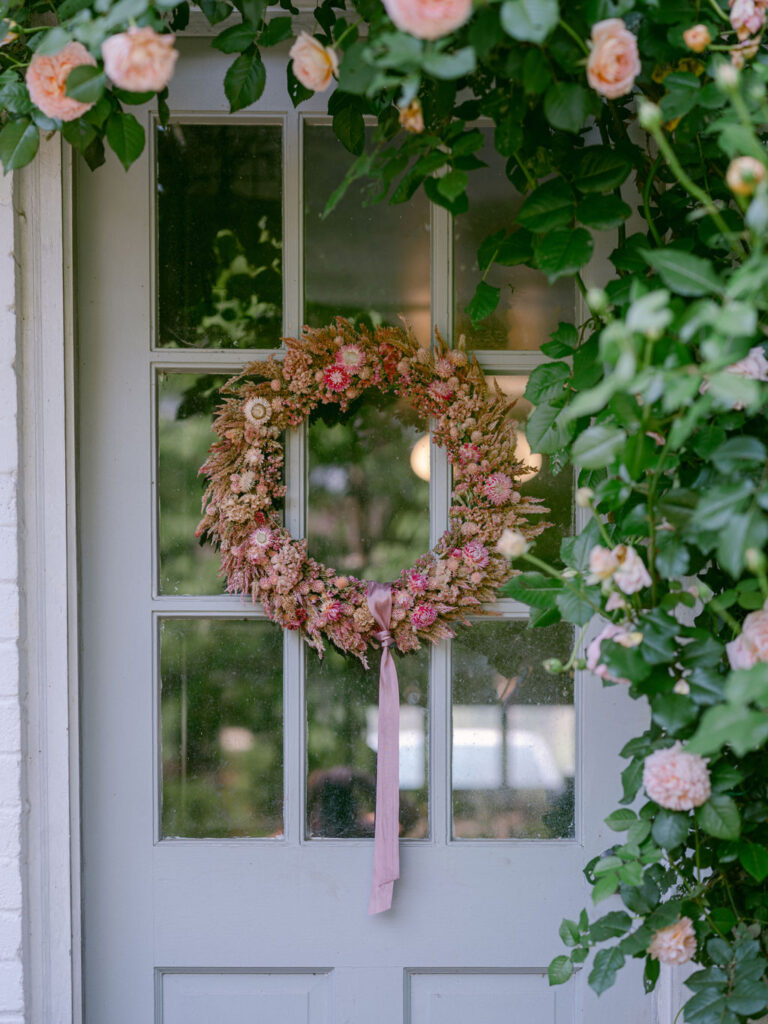
David Austin Roses
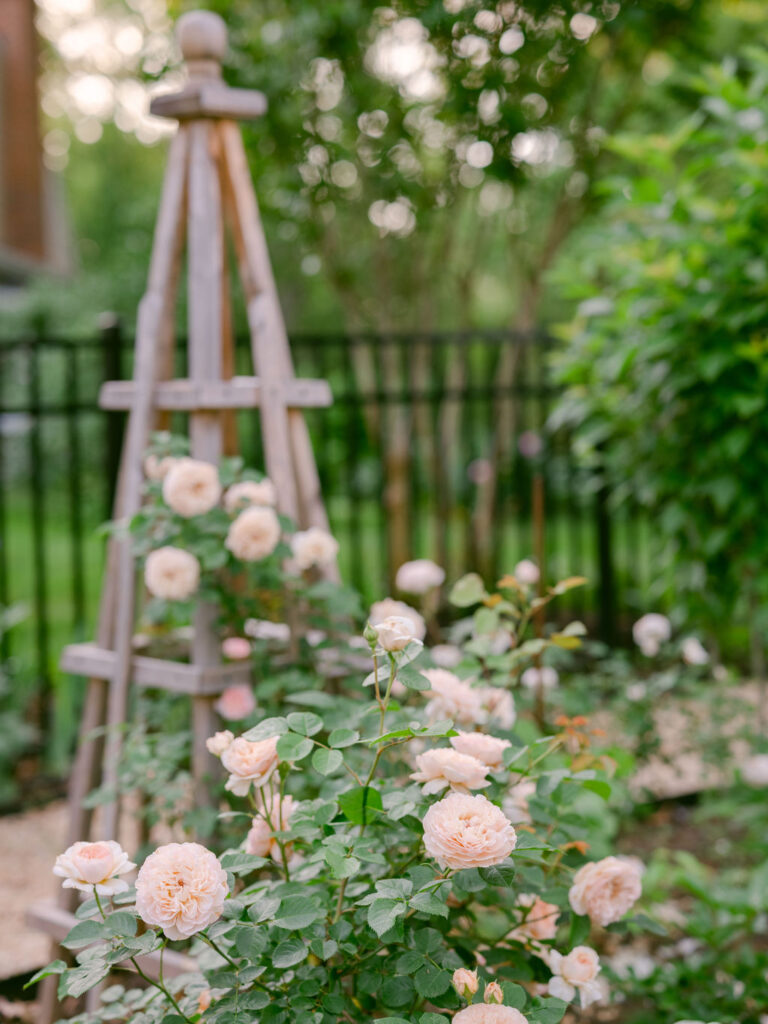
Gardening is sometimes frustrating and sometimes very fun, but it’s always a work in progress! Mitigating frustration and maximizing fun in your garden comes down to good garden planning matched by adaptability. And the Plant Hardiness Zone Map is a great tool to help you plan your garden for maximum results.
Here’s our FAQ on planting for your zone.
What is the Plant Hardiness Zone Map?
The Plant Hardiness Zone map allocates 11 different temperature zones throughout the United States. These zones indicate the coldest temperatures each can reach in any given winter. Zones’ temperatures vary by 10 degrees and are approximations for your area. Hardiness zones can vary within states and regions in seemingly close proximity to one another, so it’s valuable to consult the map for your specific part of the country.
How do you use the map for plant planning?
Planting perennials require a good working knowledge of your hardiness zone. Temperature can significantly impact your bulbs and perennial plants. In some cases, you may need to protect your plants from frost. In other instances, ground frost may damage certain varieties of plants, which is why you need to select the right perennials for your specific hardiness zone.
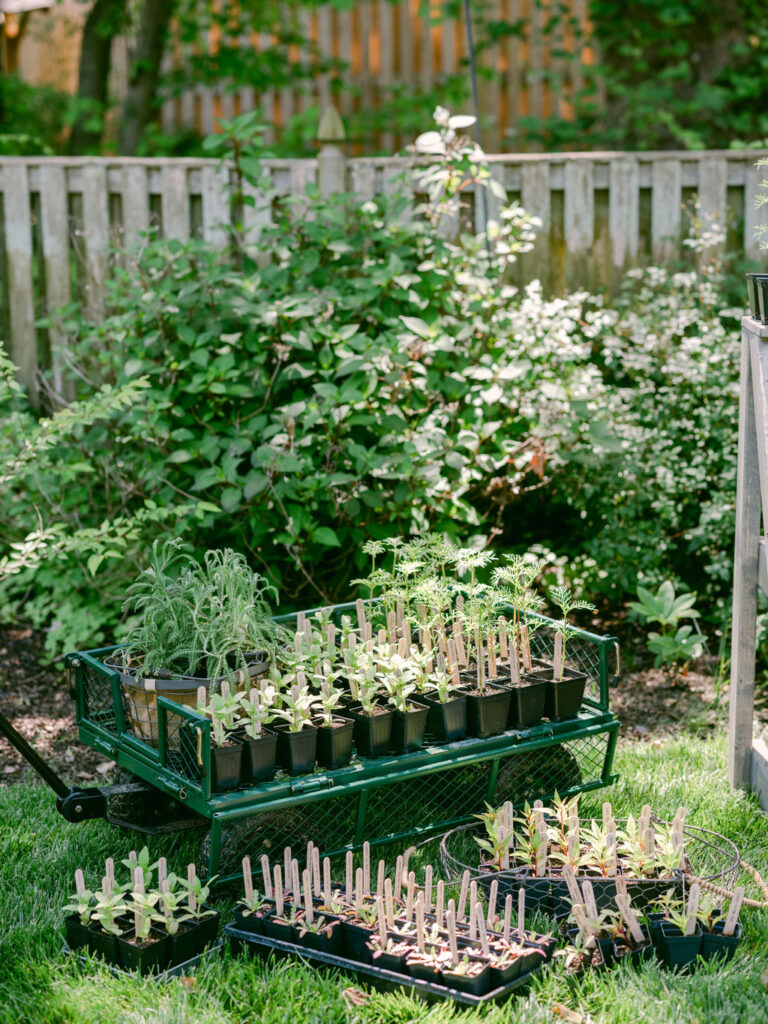
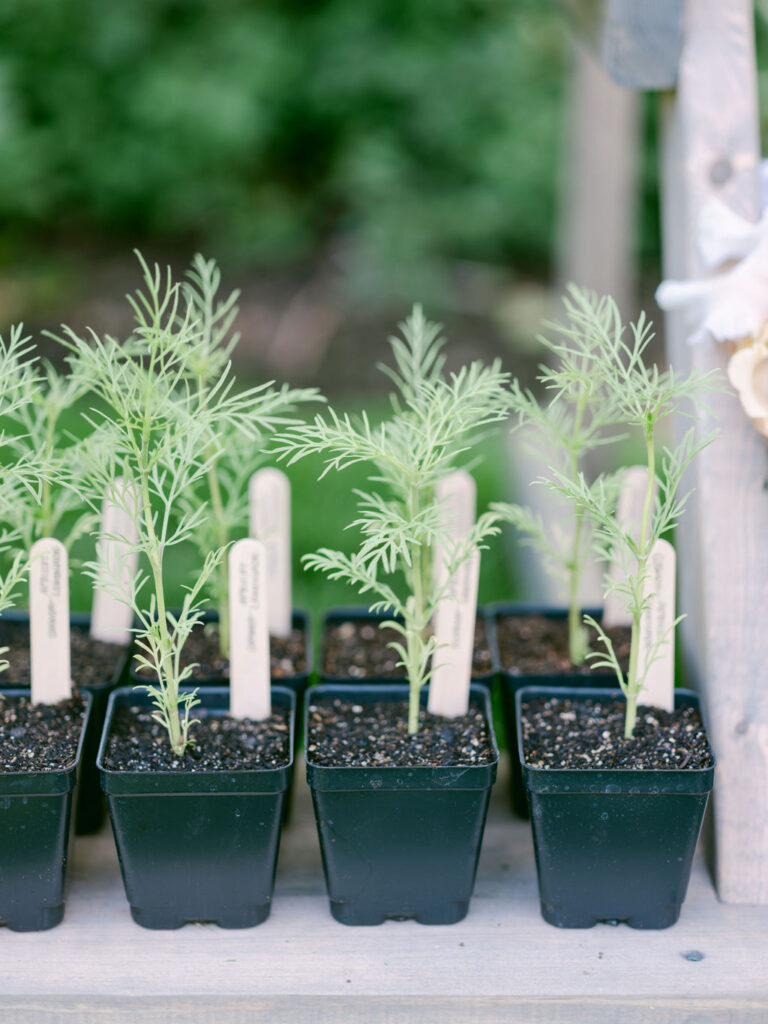
Does the Plant Hardiness Zone Map provide data other than the temperature of regions?
No. This resource only indicates temperature zones. This map does not include other factors contributing to growth, including humidity, light, soil moisture, and even the duration of these colder temperatures.
For this reason, every gardener needs to pay close attention to their garden’s unique features and “peccadillos”.
How should I use the Plant Hardiness Zone Map for next year’s planting season?
When introducing a new plant into our garden, we do a little research first.
Here are the questions we ask ourselves:
- What are the light and humidity requirements for this plant?
- What is the plant’s growth pattern? For example, does it tend to grow vertically or expand horizontally as it matures?
- Do I have symbiotic plants in my garden, or can I introduce another plant that will optimize growth?
- What has this plant been “zoned” for?
If our garden matches the plant’s growing criteria, we try it out in a small section of our garden. Again, each garden is very idiosyncratic, so it’s good to go “low and slow” to see what will grow and thrive in your plot.
Here’s a little pro tip:
Take photos of your garden throughout the year. This will help you plan your garden during planting season. You can see what plants are growing and thriving. And you can see what varieties to cull, move or even replace.
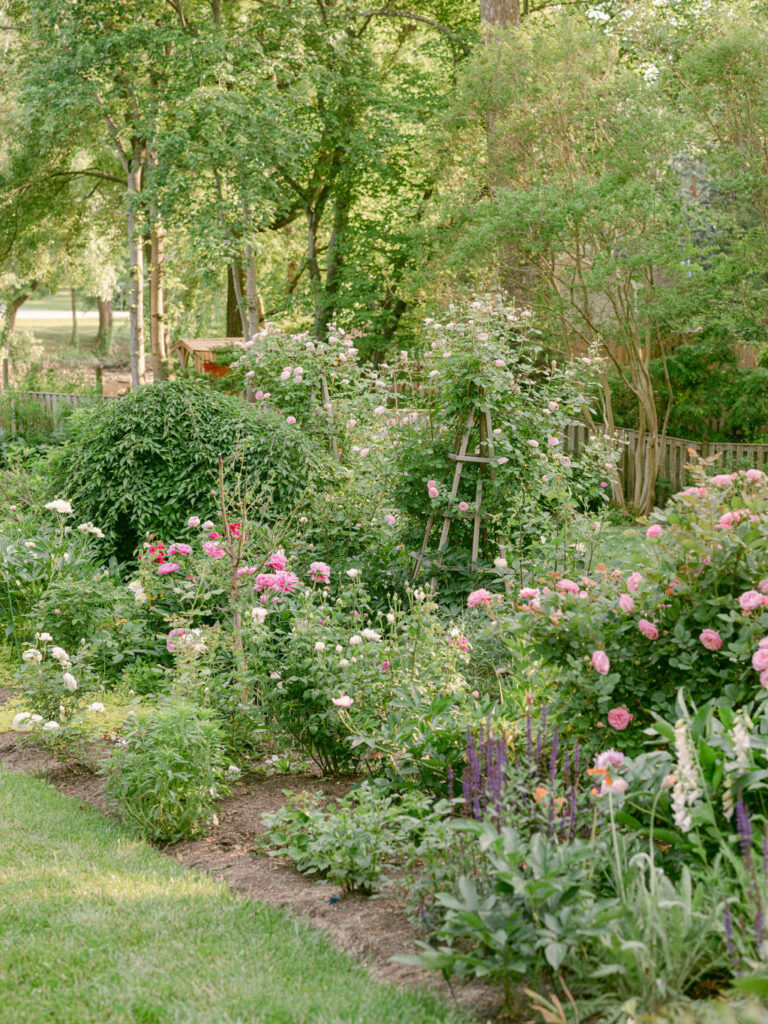
Garden Landscape

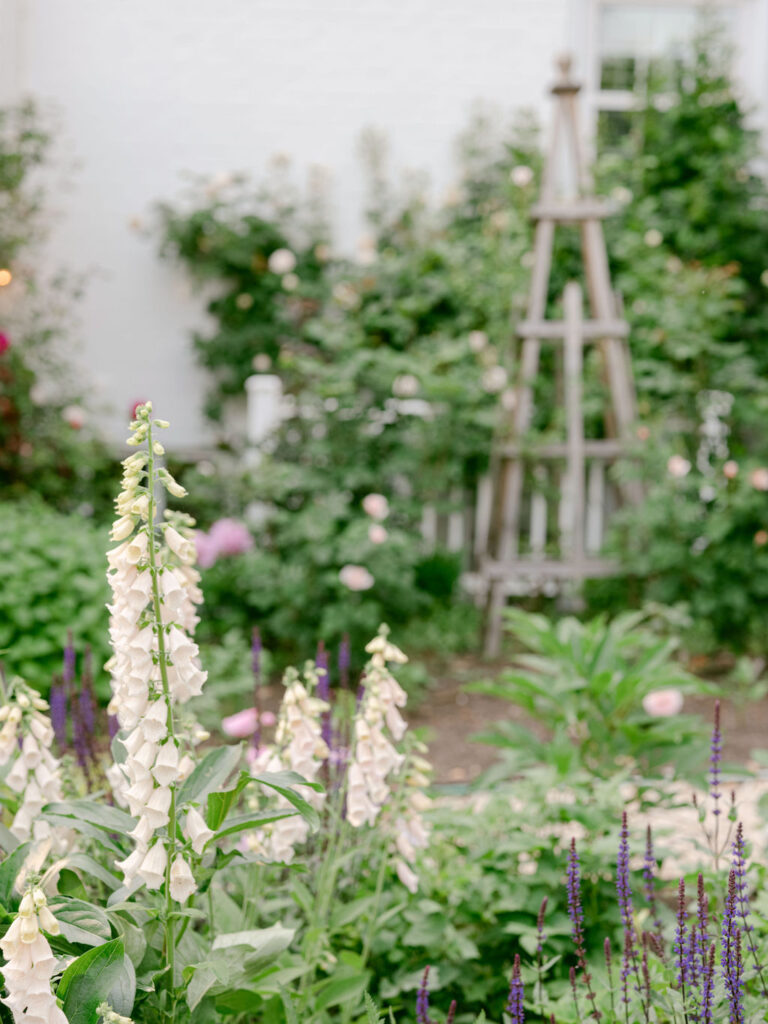
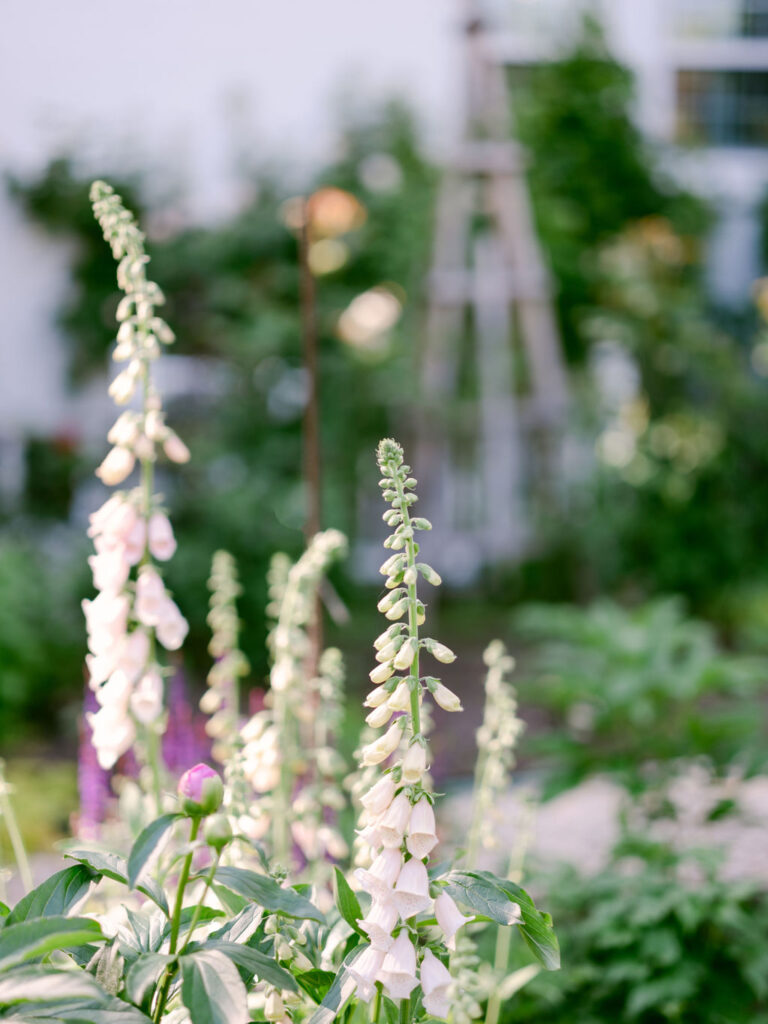
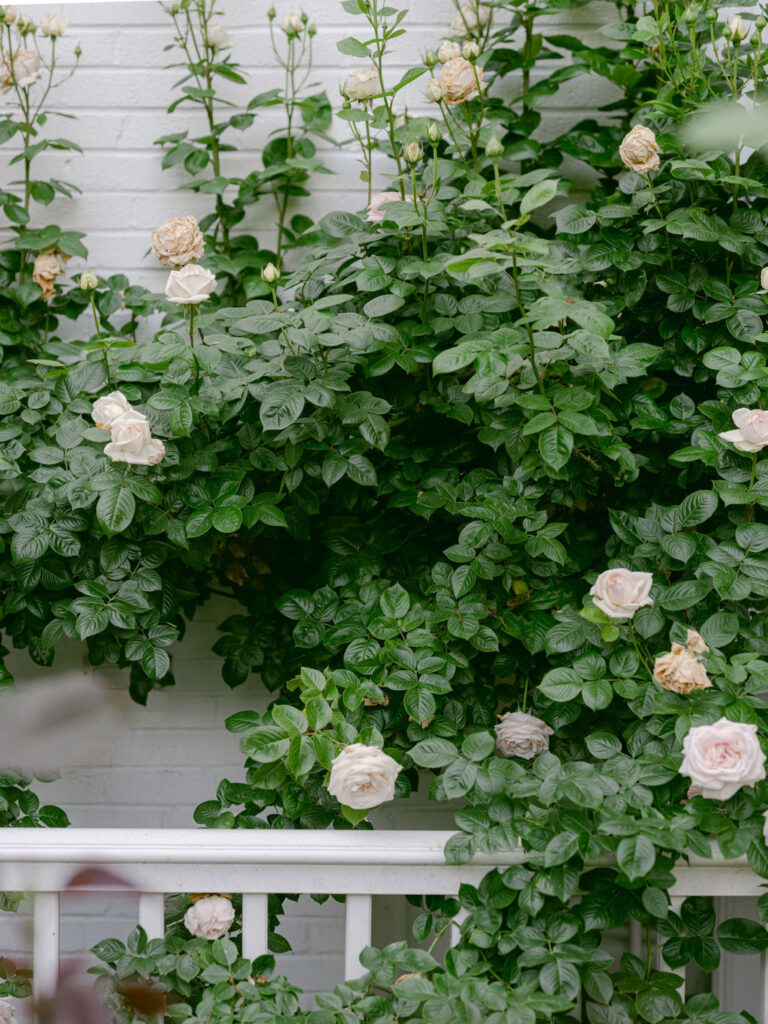
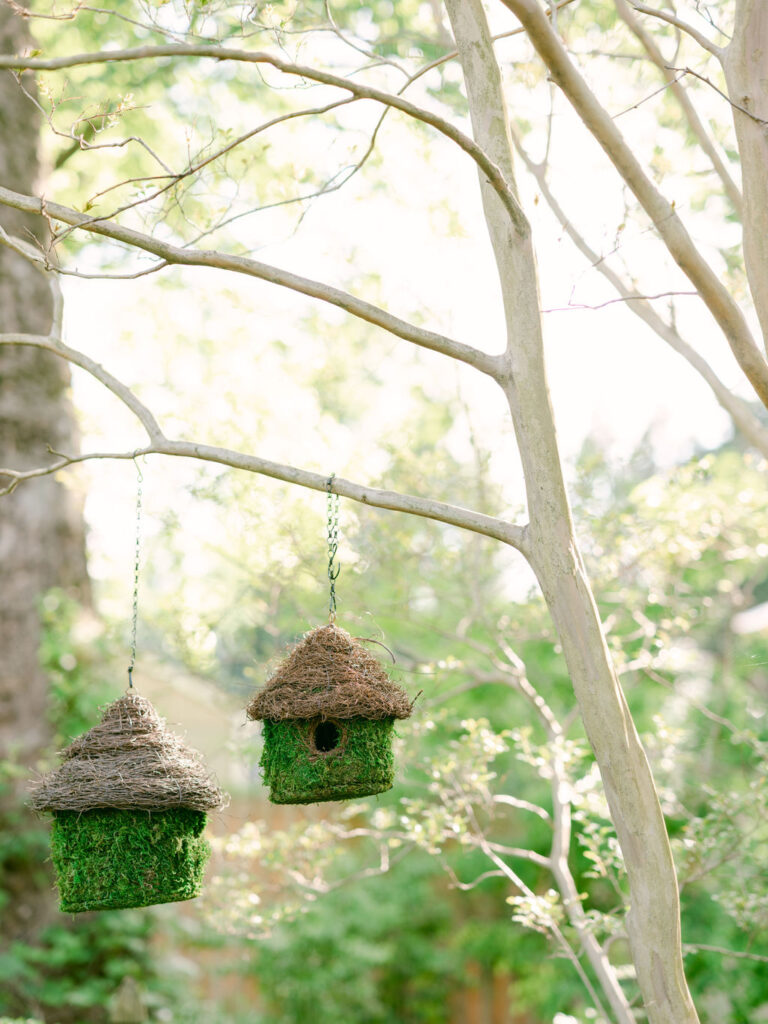
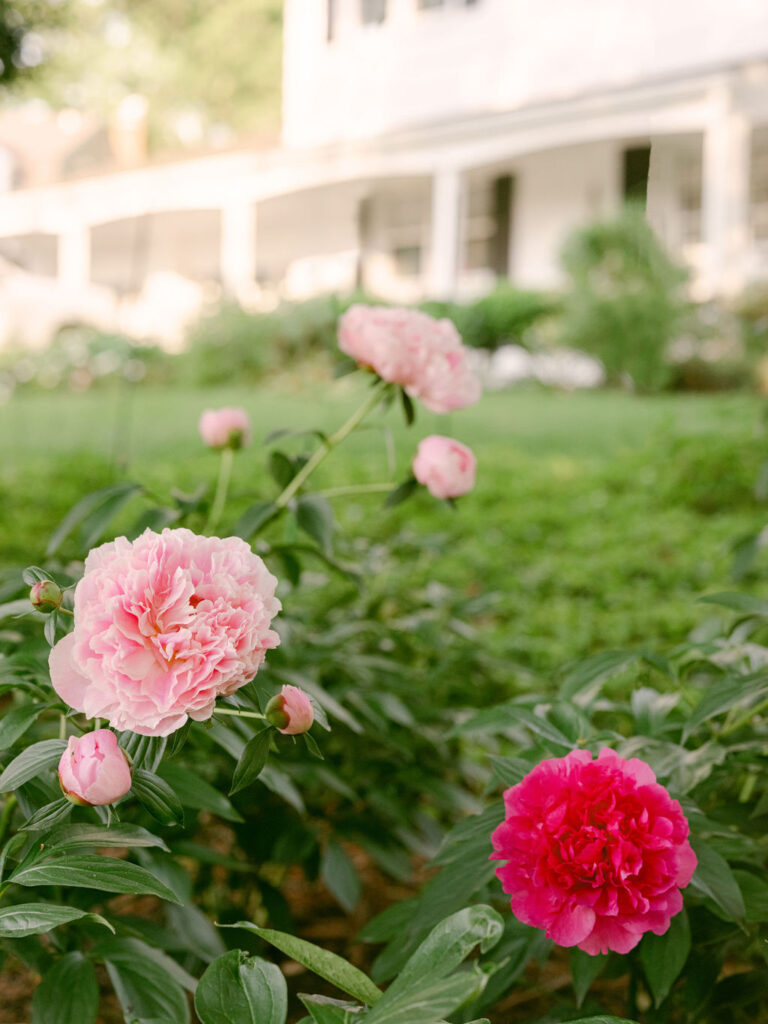

Here’s our general rule of thumb— if something isn’t working in our garden, it has to go. After all, that plant is usurping valuable space that could be better utilized for something else.
Finally, when looking for perennial bulbs, seeds, and seedlings, your provider should give you the proper details for the plant, including the time of year to plant and the plant or flower’s appropriate hardiness zone. If they don’t, you can always try a Google search or feel free to check in with us! To check out the latest selection of plants and bulbs from Foxhill Garden that you can add to yours, visit our Garden Store.
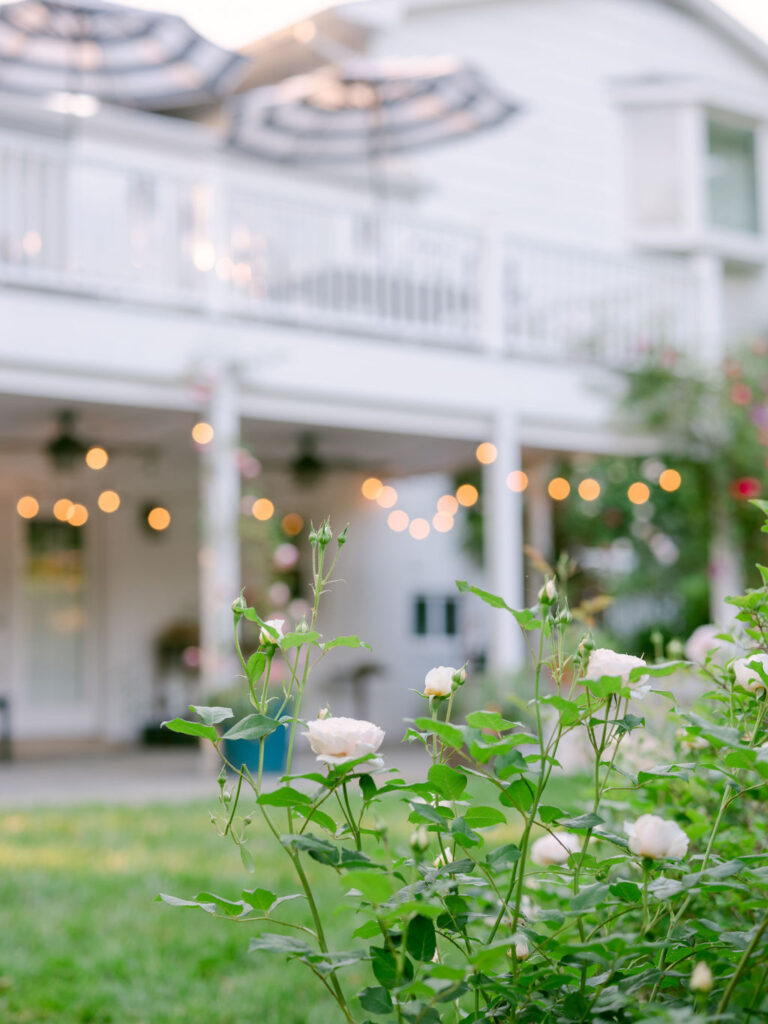

JOIN OUR CURATED MAILING LIST!
If you enjoyed what we’ve shared here and would like to be more in the know of all things Foxhill, be sure to sign up for our curated gardening mailing list, where you will receive our garden planning calendar, checklists for must-have garden tools, special incentives, and more!